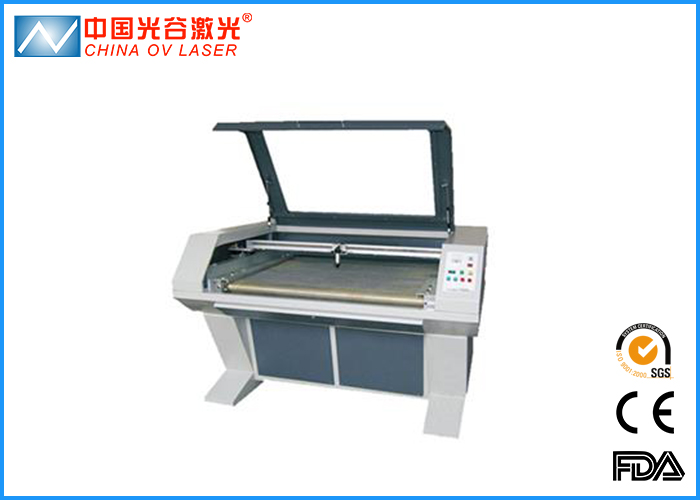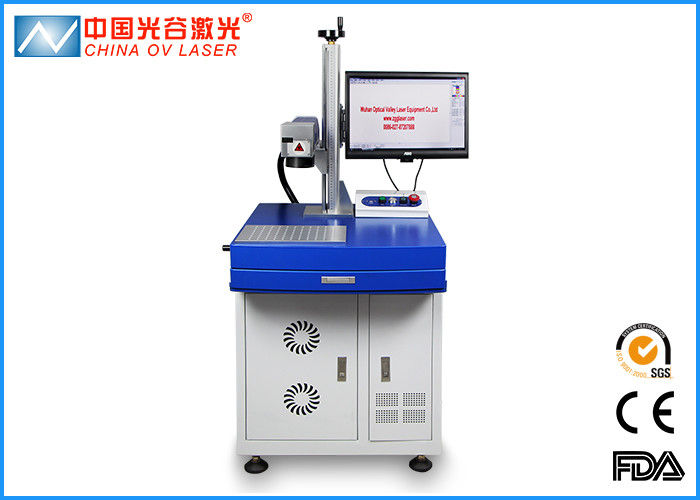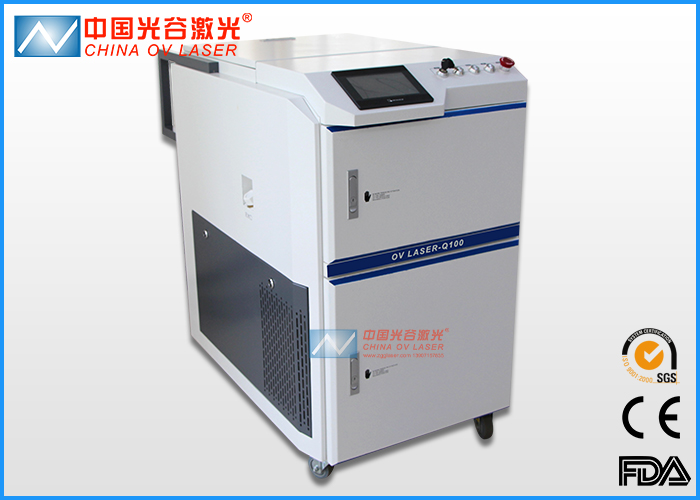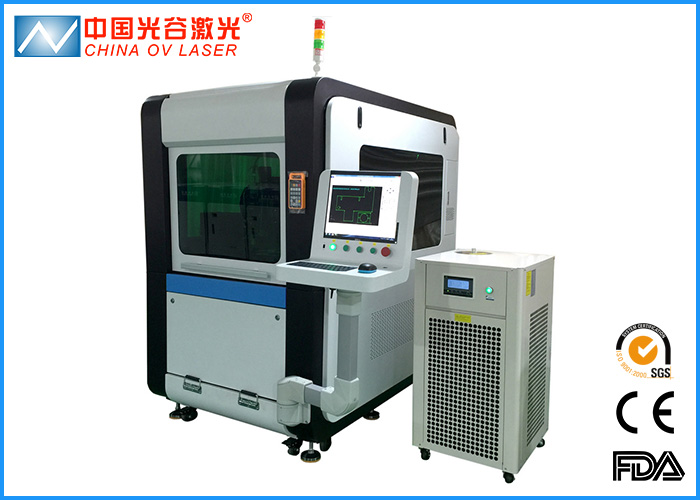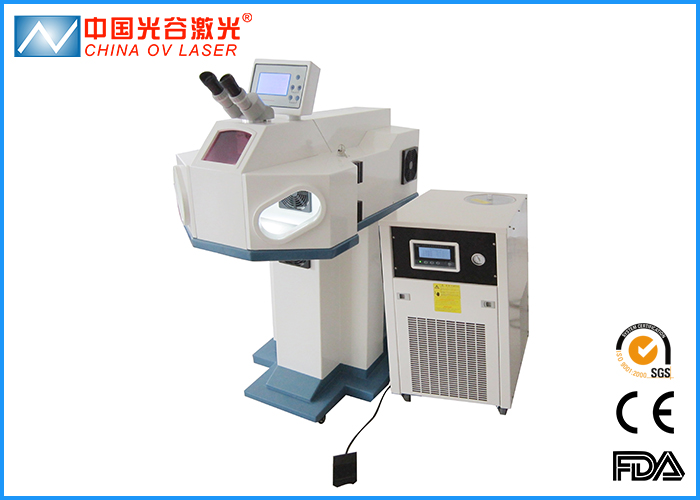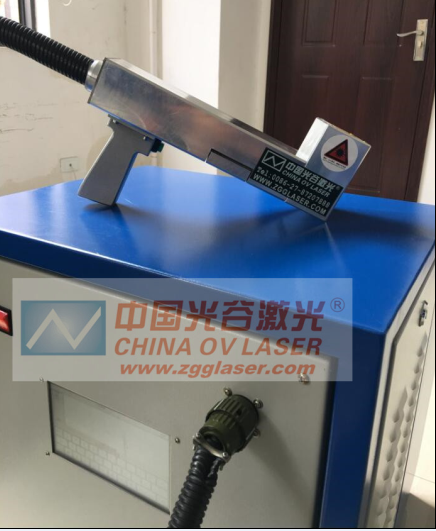
The laser equipment is applied to cleaning industry, which is not so much familiar nor understood by people. Laser cleaning technology is a kind of new cleaning technology development rapidly in recent 10 years, and gradually replaced the traditional cleaning process in many areas with its own advantages and irreplaceability.
1. Preface
In the wake of the rapid development of science and technology, laser technology has been increasingly applied to people's production and life in every area. From the supermarket bar code, laser printer to laser beauty, treatment of myopia, and has been familiar to people. Laser equipment is widely use in industrial production of cutting, drilling and welding, that is also known to many people. It is still not familiar nor understood by people in cleaning industry. Laser cleaning technology is a kind of new cleaning technology development rapidly in recent 10 years, and gradually replaced the traditional cleaning process in many areas with its own advantages and irreplaceability. Why can the laser equipment do cleaning work? What material can be cleaned? What is the efficiency of cleaning? Here below is a brief introduction.
2. Laser and cleaning
Traditional cleaning industry has a variety cleaning methods, mostly using chemical and mechanical methods for cleaning. In China, more and more stringent environmental regulations, environmental protection and safety awareness are growing stronger, and the chemicals can be used in industrial production cleaning will become less and less. It is the issue we should consider, that how to find a cleaner, and no damage way of cleaning. The laser cleaning is considered the most reliable and most effective solution, as it has such characteristics as no grinding, non-contact, no heat effect and suitable for a variety of materials, etc. At the same time, laser cleaning can solve the problem that traditional cleaning methods can not. For example, when the surface of the workpiece is adhered to submicron contaminating particles, the particles tend to be very tight, and the conventional cleaning method can not remove it, while it is very effective to use the nano-laser to radiate the surface of the workpiece. Also due to the laser on the workpiece is no contact cleaning, precision parts or fine parts of the cleaning is very safe, and ensure its accuracy. So laser cleaning in the cleaning industry has a unique advantage.
Why can the laser be used for cleaning? Why is it not going to cause damage to the object to be cleaned? First look at the nature of the laser. In short, the laser has no difference with the light (visible and invisible light) around us, only the laser use resonant cavity to gather the light in the same direction, and the more simple the wavelength is, the better performance the the coordination is. In theory, light of all wavelengths can be used to form the laser. Actually it is limited to not many of medium can be able to be stimulated, so it is also quite limited of the laser source can be used stably in industrial production. Among which is widely used is Nd: YAG laser, carbon dioxide laser and excimer laser. Since Nd: YAG lasers can be transmitted through fiber optic and more suitable for industrial applications, they are often used in laser cleaning.
3. The advantages of laser surface cleaning
Compared with traditional cleaning methods such as mechanical friction cleaning, chemical corrosion cleaning, liquid solid strong impact cleaning, high frequency ultrasonic cleaning, laser cleaning has obvious advantages.
3.1 Laser cleaning is a "green" cleaning method, without the use of any chemicals and cleaning fluid. The cleaning waste are basically solid powder, that is small size, easy to store, recyclable, and can easily solve the chemical cleaning Environmental pollution problems;
3.2 The traditional cleaning method often clean contacting, which has mechanical force on the surface of the cleaning body, and will damage the surface of the object or the cleaning media attached to the surface of the object to be cleaned. It cannot be removed, resulting in secondary pollution. The laser cleaning with characters of no grinding and non-contact makes these problems solved;
3.3 Laser can be transmitted through the fiber, match with the robot arm and the robot to facilitate the remote operation, to clean some parts that traditional method can not easily reach, which can be used in some dangerous places to ensure the people are safe;
3.4 Laser cleaning can remove various types of pollutants from various kinds of materials surface, to achieve the cleanliness that conventional cleaning cannot reach. It can also clean the contamination of material surface selectively without damaging the surface of the material;
3.5 Laser cleaning is of high efficiency and saving time;
3.6 Although the previous one-time investment of purchasing laser cleaning system is high, but the cleaning system can work stable in the long term, under low operating costs, and the operating costs per hour is only about 8 RMB, more importantly, it can easily achieve automation.
4. The principle of laser surface cleaning
The pulsed Nd: YAG laser cleaning process relies on the characteristics of the optical pulses generated by the laser, based on the photophysical reactions caused by the interaction between high intensity beams, short pulse lasers and contaminated layers. The physical principles can be summarized as follows:
A) The laser beam emitted by the laser is absorbed by the contaminant layer on the material surface.
B) The layer absorb large energy, then form a rapidly expanding plasma (highly ionized unstable gas), resulting in shock waves.
C) Shock waves cause contaminants to become debris and be removed.
D) The optical pulse width must be short enough to avoid heat buildup on the treated surface.
E) Experiments show that plasma is produced on the metal surface when the oxide is present on the metal surface.
The plasma is generated only when the energy density is above the threshold, which depends on the removed contaminant or oxide layer. This threshold effect is important to ensure efficient cleaning of the substrate material. The presence of plasma also has a second threshold. If the energy density exceeds this threshold, the substrate material will be destroyed. In order to ensure the substrate material is effective cleaned under the premise of safety, the laser parameters should be adjusted according to the situation, so that the optical pulse energy density is strictly between these two thresholds.
Each laser pulse removes a certain thickness of the contaminant layer. If the contaminated layer is thick, multiple pulses are required for cleaning. The amount of pulses required to clean the surface depends on the degree of surface contamination. An important result of the two thresholds is the self-control of the cleaning. The optical pulse with an energy density above the first threshold will always remove contaminants until the substrate material is reached. However, since its energy density is lower than the destruction threshold of the substrate material, the substrate will not be destroyed.
Laser cleaning can be used not only on organic contaminants, but also on inorganic materials, including metal corrosion, metal particles, dust and so on. Here are some practical applications, these technologies are very mature, and has been widely used.

